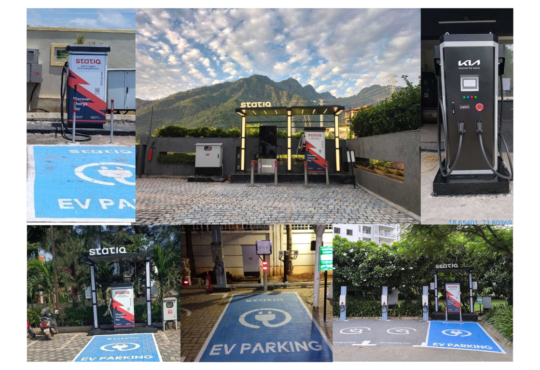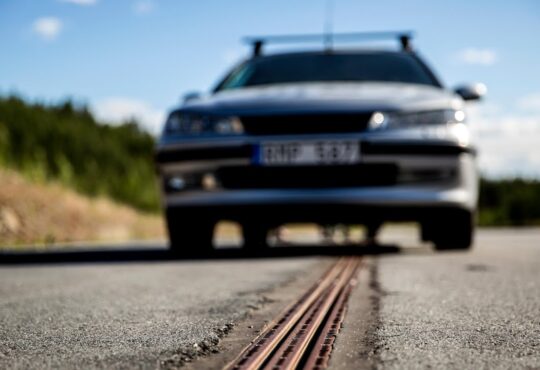
Busting Monsoon Myths Around Electric Vehicles
As the monsoon approaches, many questions arise about the capability of Electric Vehicles (EVs) to withstand rainy days. Over the last few years, EVs have been steadily gaining prominence in the automotive sector, giving tough competition to internal combustion engine (ICE) vehicles in terms of performance and range. Despite their advancements, several misconceptions still surround EVs, particularly regarding their immunity against rainy weather. This blog will debunk some of the common myths that surround electric vehicles, especially around monsoon season.
Myth 1: Waterlogged areas damage electric vehicles
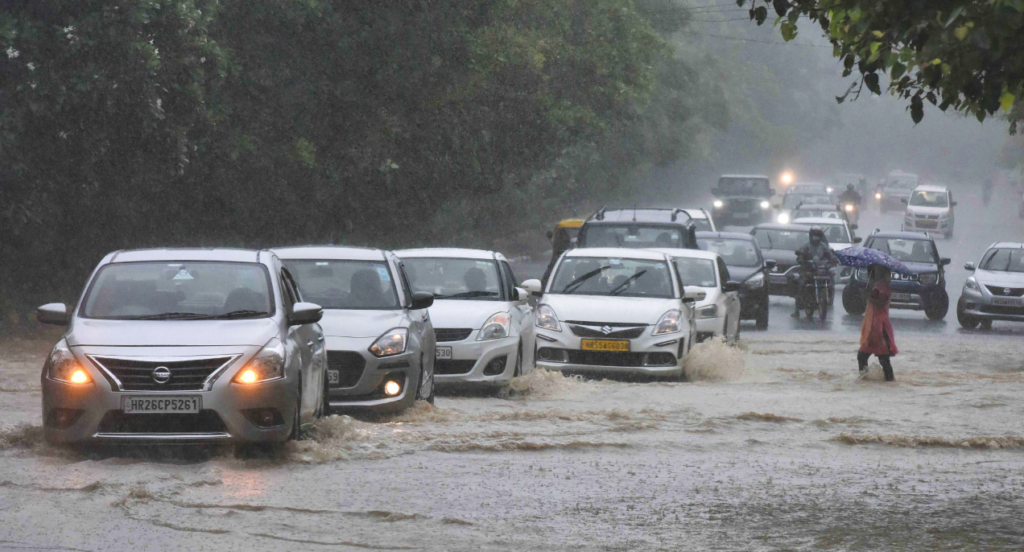
Reality: EVs are equipped with an Ingress Protection (IP) system, typically rated IP65 or IP67, indicating their protection against dust and water. The IP67 rating means the vehicle can be submerged in water up to a meter deep for 30 minutes without any leakage. Modern-day EV batteries possess this rating, safeguarding terminals, connectors, and high-voltage architecture from water damage. Additionally, the battery pack has multiple protective cutoffs that activate at the first sign of water ingress, further enhancing safety.
Myth 2: Electric vehicles are more susceptible to damage from lightning

Reality: EVs are no more prone to lightning damage than ICE vehicles. When lightning strikes a car, the current passes through the metallic exterior, effectively grounding it due to the Faraday Effect. Studies, including an NHTSA report, have shown that electric vehicles do not have a higher propensity for lightning-related damages compared to their ICE counterparts.
Myth 3: Charging an Electric vehicle in the rain is dangerous
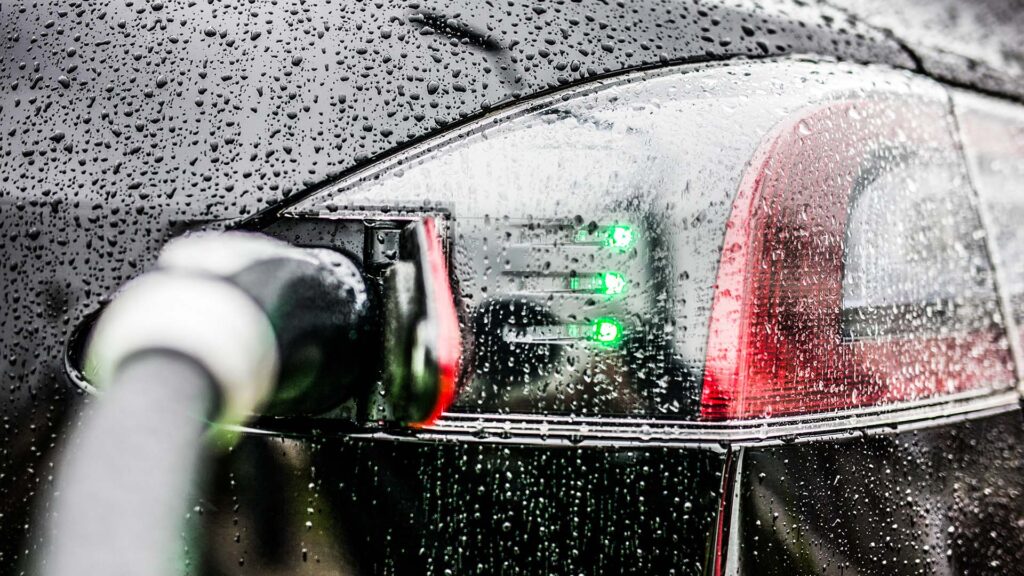
Reality: This is a false misconception. EV charging stations are weatherproof and shockproof; hence, they protect both the vehicle and its occupants from electrical shock. These chargers undergo rigorous testing to meet safety norms and standards. Waterproofing electrical connectors and equipment is a standard practice, ensuring safe and reliable charging in rainy conditions.
Myth 4: Using ancillary components affects the range of the electric car
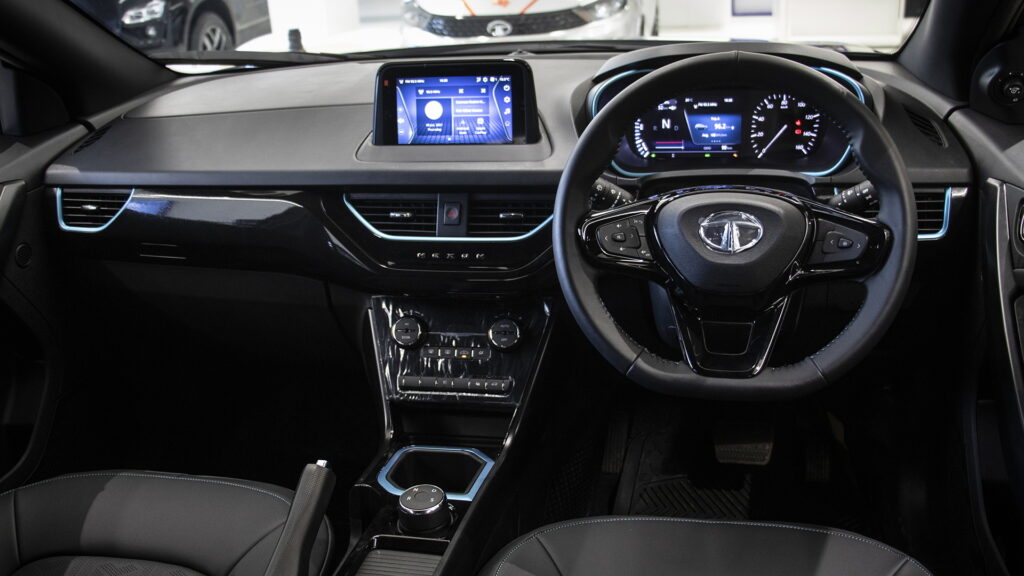
Reality: The impact of using ancillary components like air conditioners, lights, etc. on an electric vehicle’s range is minimal. EVs are designed to factor in the electrical consumption of these components while designing the battery pack. Hence, during the monsoon, using windscreen wipers, defoggers, or lights will not significantly affect the vehicle’s range.
Myth 5: Electric vehicles cannot handle flooded roads or heavy rain conditions
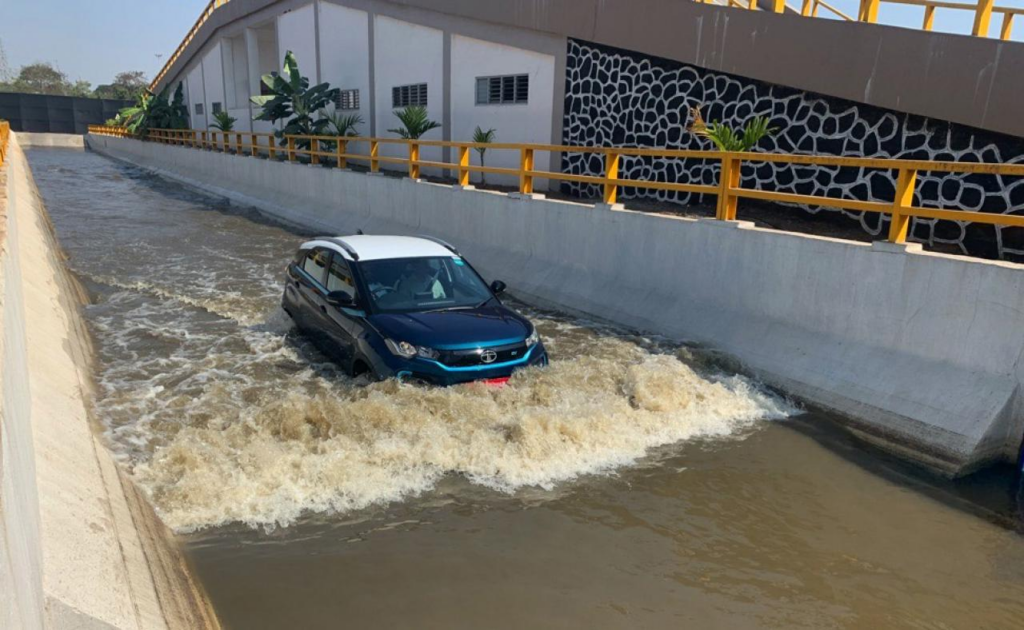
Reality: Electric vehicles often have a higher ground clearance and instant torque delivery, making them capable of navigating flooded roads more effectively than conventional vehicles. However, caution should be exercised to avoid driving through extremely deep water to prevent damage to any vehicle.
Myth 6: EV batteries lose capacity due to exposure to moisture during the monsoon
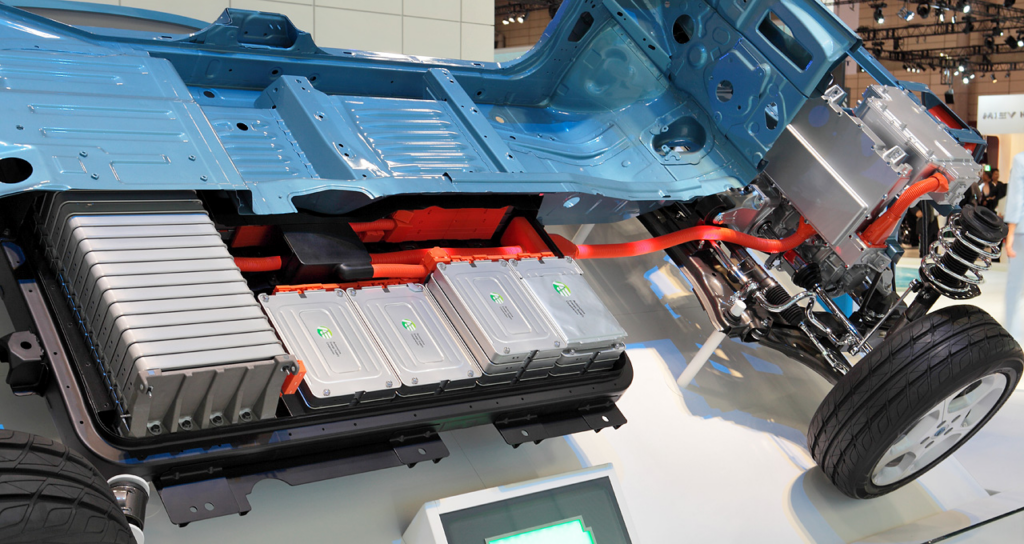
Reality: Electric vehicle batteries are designed with protective enclosures to safeguard against moisture and humidity. While extreme temperature variations can impact long-term battery performance, occasional exposure to moisture during the monsoon does not significantly degrade battery capacity.
Myth 7: Regenerative braking systems in EVs become less effective during rainy weather

Reality: Rainy weather does not considerably impact the functionality of regenerative braking systems in electric vehicles. These systems continue to be effective in capturing energy during braking and deceleration, contributing to overall energy efficiency.
Myth 8: Electric vehicle range drastically reduces during monsoons due to increased energy consumption

Reality: While extremely cold weather can affect EV range, moderate temperatures, and rainy weather during the monsoon have a minor impact on range. EV manufacturers consider various weather conditions during design and testing to ensure optimal performance throughout the year.
Myth 9: Electric vehicle charging stations are not operational during heavy rains
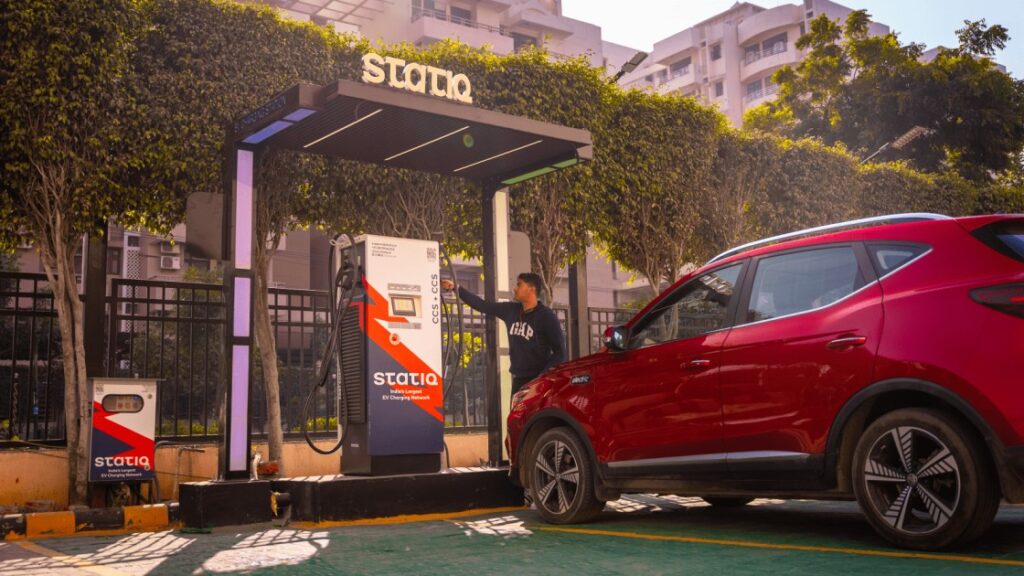
Reality: Electric vehicle charging stations are designed to be weatherproof and capable of operating in various weather conditions, including heavy rains. They undergo stringent testing to withstand exposure to water and function safely during the monsoon season. Statiq, India’s largest EV charging network, is open 24/7 for the public to charge their electric vehicles anytime, anywhere.
Myth 10: Electric vehicles are more likely to experience electrical issues or malfunctions during the monsoon

Reality: EVs are built to withstand a wide range of weather conditions, including the monsoon. Their electrical systems are well-insulated and protected against moisture and humidity, reducing the likelihood of electrical issues during rainy weather.
As electric vehicle technology continues to advance, misconceptions and myths surrounding EVs will decrease. It’s crucial to recognize that modern electric vehicles are designed, tested, and equipped to handle adverse weather conditions and perform as capably as their ICE engine counterparts.
Want to learn more myths about EVs Read this blog Top 5 Myths Around Electric Vehicles That Need To Be Busted
